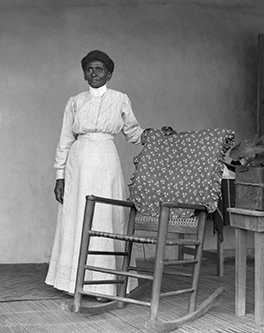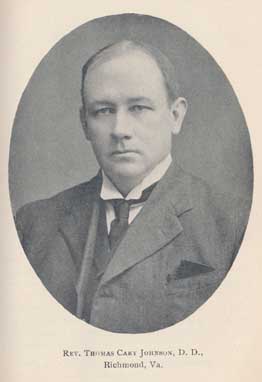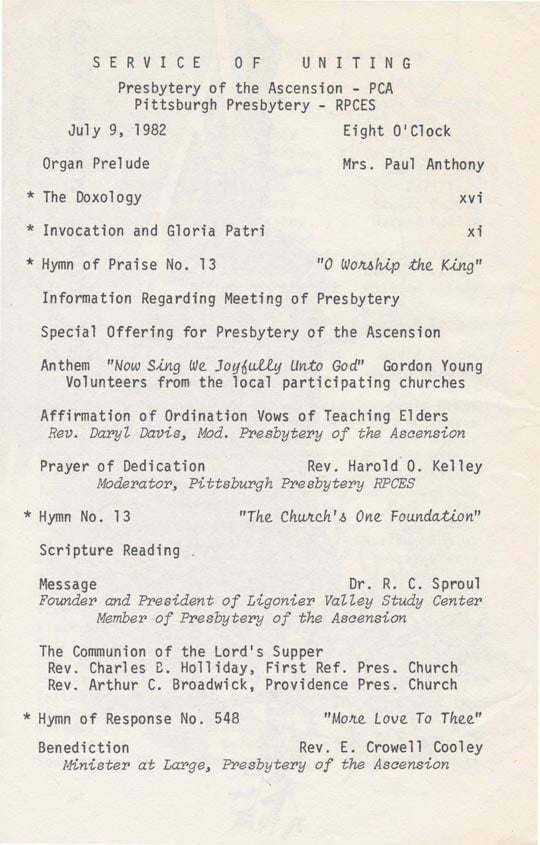Background material for our post–https://karenangelaellis.com/2017/02/28/ancestors-on-mission-maria-fearing-1838-1937/ :
On July 26, 1838, Maria (Ma-rye-ah) Fearing was born a slave near Gainesville, Alabama. As a house servant, she spent much of her time with her mistress and the other children. Though her owners taught their slaves the Presbyterian catechism, told them Bible stories and tales of missionaries in Africa, they refused to voluntarily free her.
After her legal emancipation in 1865, the newly freed family took the surname Fearing. At thirty-three years old she completed the ninth grade, had learned to read and write, and began working her way through the Freedman’s Bureau School in Talladega (Talladega College) to become a teacher. She taught for a number of years in the rural schools of Calhoun County, and purchased her own home.
Life as a Bible Translator
The stories she had heard on the plantation about Africa left a deep impression. In 1891, Maria heard William Sheppard, a Presbyterian missionary, speak at Talladega College. Sheppard appealed to the audience for volunteers to return with him to the Congo. At the age of fifty-six, Maria applied to work with the Presbyterian missionaries in Africa. Denied at first, she was approved as a self-supporting missionary.
In May 1894, she sold her home and paid her own expenses to sail from New York to the Belgian Congo (now the Democratic Republic of the Congo). Once reaching shore, Sheppard, three other African Americans, and Maria traveled another 1200 miles inland on a two-month journey to a mission station at Luebo. After two years, she was recognized as a full missionary and began receiving a salary.
Fearing entered a country that had just endured a bloody war in 1892-1893 between forces controlled by Leopold II and by Arab forces out of Zanzibar. Leopold had been awarded the Congo during the European partition of Africa in 1885, and hist eventual victory over Arab forces left him in total control of what was called the Congo Free State. His troops, led by the Force Publique, brutalized the populace to extract quotas in the rubber and ivory trade, killing thousands and cutting off their right hands as proof of the kills.
The slave trade also was still rampant. Luebo, in the western part of the nation where Fearing was stationed, was somewhat insulated from the conflicts. On at least two occasions, however, the station was threatened, and Fearing had to prepare for evacuation or invasion. Sheppard, who had inspired Fearing to go to the Congo, was one of several Presbyterian missionaries who spoke out publicly about Leopold’s brutality and eventually helped to bring his control of the region to an end in 1908. Nevertheless, estimates of the number of people slaughtered during this period run as high as 10 million.
Fearing undertook to help the husband and wife who were running the mission there, and began learning the local language. As she progressed in her mastery, she began teaching a Sunday school class and translated the Bible into the Baluba-Lulua language. She was given an official position and a salary by the Presbyterian Church.
Justice, and the Pantops Home for Girls
Fearing began asking local families to let their daughters stay with her overnight so that she could begin to educate them. As the word got out about Fearing’s efforts, more and more young girls were sent to live at the mission. Fearing also began ransoming children from the slave trade, from groups that had kidnapped them or to whom they had been sold. She purchased their freedom with goods like scissors, cloth, salt, and other items. She was soon housing 40 to 50 young women.
Using her own salary and donations from home, Fearing oversaw the construction of a multi-room house, with six to eight girls per room, each monitored by an older girl. The girls took part in keeping the facility clean and learned basic sanitation, cooking, sewing, and ironing from Fearing. She also held a church service every day after breakfast. The girls attended the missionary day school to learn to read and write. The home eventually became known as Pantops, after a Presbyterian school in Virginia.
Mama wa Mputu
 Founding the Pantops Home for Girls became one of her most lasting contributions. This home helped girls who were orphans, and those who had been kidnapped and sold into slavery. Maria used trinkets, tools and even salt to barter for their freedom. She taught reading, writing, arithmetic, homemaking skills, gardening, and the tenets of the Christian faith. She hoped that these girls would spread these principles of good conduct and Christianity. Her students nicknamed her, “mama wa Mputu,” (mother from far away) as a symbol of their love and appreciation.
Founding the Pantops Home for Girls became one of her most lasting contributions. This home helped girls who were orphans, and those who had been kidnapped and sold into slavery. Maria used trinkets, tools and even salt to barter for their freedom. She taught reading, writing, arithmetic, homemaking skills, gardening, and the tenets of the Christian faith. She hoped that these girls would spread these principles of good conduct and Christianity. Her students nicknamed her, “mama wa Mputu,” (mother from far away) as a symbol of their love and appreciation.
Maria Fearing worked tirelessly for more than twenty years among the children of the Congo, and at the age of 78 was encouraged to retire. She was honored in 1918 by the Southern Presbyterian Church. After returning to Alabama, Maria taught at a church school in Selma. She died 1937 at the age of 99.
Mama wa Mputu was inducted into the Alabama Women’s Hall of Fame in 2000.
Adapted from:


